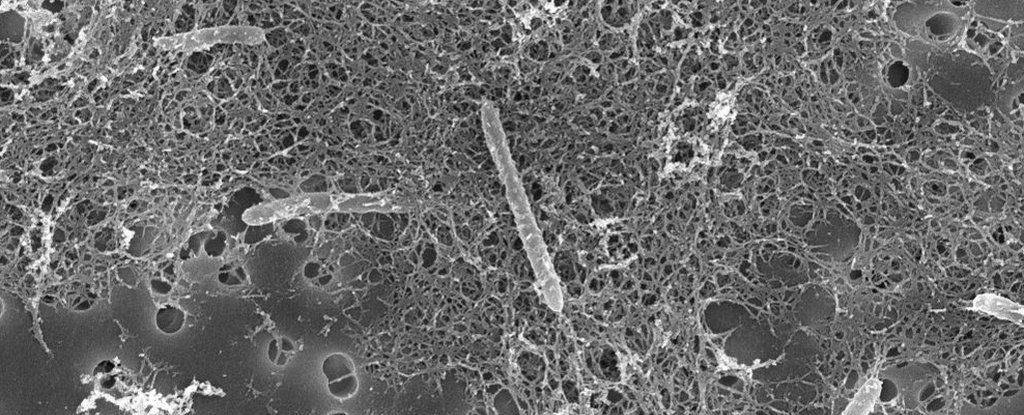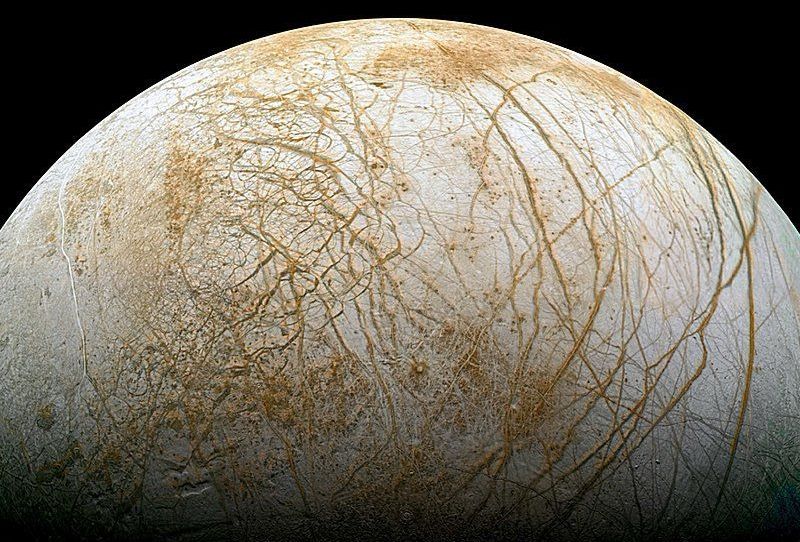Mar 13, 2018
View on Nuclear Fusion: a Moment of Truth
Posted by Derick Lee in categories: nuclear energy, physics
Fusion technology promises an inexhaustible supply of clean, safe power. If it all sounds too good to be true, that’s because it is. For decades scientists struggled to recreate a working sun in their laboratories – little surprise perhaps as they were attempting to fuse atomic nuclei in a superheated soup. Commercial fusion remains a dream. Yet in recent years the impossible became merely improbable and then, it felt almost overnight, technically feasible. For the last decade there has been a flurry of interest –and not a little incredulity –about claims, often made by companies backed by billionaires and run by bold physicists, that market-ready fusion reactors were just around the corner.
Until recently the attractions and drawbacks of nuclear fusion reactors were largely theoretical. Within a decade this will not be the case.
Mon 12 Mar 2018 14.24 EDT Last modified on Mon 12 Mar 2018 19.15 EDT.
Continue reading “View on Nuclear Fusion: a Moment of Truth” »



















